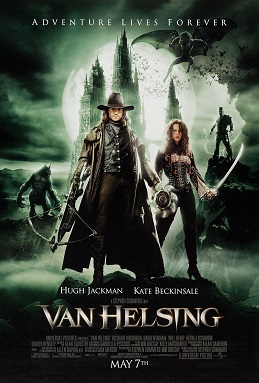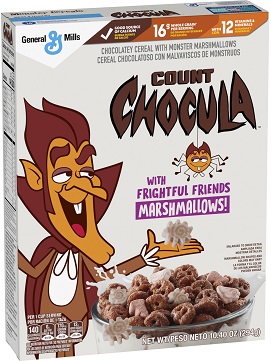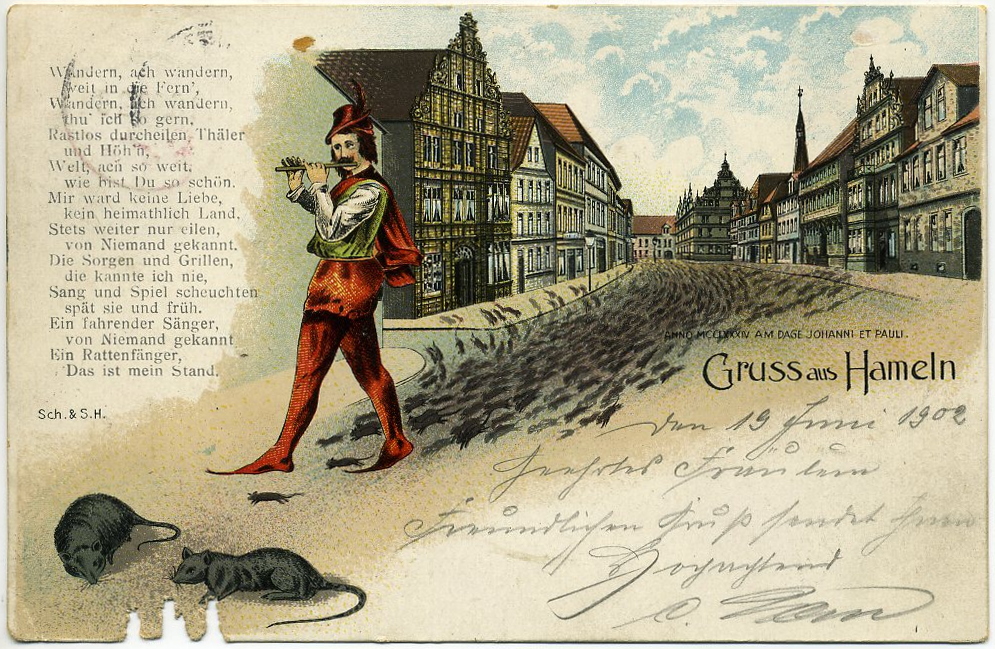I
recently came across a billboard on the side of a telephone booth (yes, those
still exist) in New York City, and stopped dead in my tracks to snap a
photograph of it.
The primary reason that the advertisement caught my attention was that about three years ago, I had considered approving a similar advertising campaign. We considered utilizing a stock photograph of a cheesy Elvis Presley impersonator along with the tagline: "Not All Imitation Is Flattery."
The primary reason that the advertisement caught my attention was that about three years ago, I had considered approving a similar advertising campaign. We considered utilizing a stock photograph of a cheesy Elvis Presley impersonator along with the tagline: "Not All Imitation Is Flattery."
Now, there
is an ongoing debate in legal circles about whether such commercial
use of a famous persona should be protected as free speech and constitute a form
of parody or fair use, or whether such use could conceivably be an
infringement of the late Elvis Presley's right of publicity and trade dress and trademark
rights.
Absent such a finding of free speech or fair use, the unauthorized commercial use
of a famous person's likeness can constitute an infringement of their right to publicity. This right can be protected under state law, even long after their
death, unless that right has lapsed, or the person's identity is in the public domain.
Last
year, we reported on the legal developments
involving Albert Einstein's likeness and how use of it embroiled General Motors in
protracted litigation.
There has been much written in the academic literature about the fuzzy boundaries between unlawful imitation and flattery. For example, Touro Law Review published an article in 2012 about this subject.
There has been much written in the academic literature about the fuzzy boundaries between unlawful imitation and flattery. For example, Touro Law Review published an article in 2012 about this subject.
Aware of
how aggressive Elvis Presley Enterprises (EPE) has been in the past in
protecting Presley's image and likeness, we had contacted EPE to discuss
whether we could obtain a license. This standard "clearance" procedure is a prudent measure, regardless of whether a fair use/parody defense exists.
I was informed by EPE's representative that the Estate would not offer a license for Elvis' likeness to be used in this manner. (It is possible that the unflattering impersonator we were considering using may have played a role).
I was informed by EPE's representative that the Estate would not offer a license for Elvis' likeness to be used in this manner. (It is possible that the unflattering impersonator we were considering using may have played a role).
Regardless
of the legal merits of EPE's position, out of respect for "the
King's" intellectual property rights and to avoid the risk of litigation,
we never approved or ran the advertisement.
Now, it would appear that Martinson Coffee had a similar idea, and decided to run the advertisement.
According to a press release issued by Martinson in October 2013, it is using a media blitz campaign, including with roving trucks emblazoned with the billboards. "The Martinson® Coffee trucks will appear in over two dozen locations during the campaign. The social media launch will run in conjunction with a city-wide advertising campaign. The ads, featured on New York commuter rail stations, subway stations and the like, will focus on proving why Martinson is the Real Joe."
I contacted Martinson Coffee's public relations department by e-mail, to ask if they had sought or received a license from EPE. This is what they said:
"We currently buy our images from a stock image company. They provide all the licenses for all the images they own.
Now, it would appear that Martinson Coffee had a similar idea, and decided to run the advertisement.
According to a press release issued by Martinson in October 2013, it is using a media blitz campaign, including with roving trucks emblazoned with the billboards. "The Martinson® Coffee trucks will appear in over two dozen locations during the campaign. The social media launch will run in conjunction with a city-wide advertising campaign. The ads, featured on New York commuter rail stations, subway stations and the like, will focus on proving why Martinson is the Real Joe."
I contacted Martinson Coffee's public relations department by e-mail, to ask if they had sought or received a license from EPE. This is what they said:
"We currently buy our images from a stock image company. They provide all the licenses for all the images they own.
We don’t do anything on our end. They vet those issues out prior."
In other words, the advertising agency utilized "stock photography" and assumed that the stock photography company had acquired and provided all relevant licenses.
But this assumption is usually factually and legally incorrect.
For
example, iStockPhoto, Getty Images, ShutterStock and other "stock image" galleries offer a variety of
"Elvis Impersonator" photographs.
However,
the licenses offered for such stock photographs is typically "for editorial use only." Their Terms
of Use specifically state that "Files for
Editorial Use Only cannot be used for any commercial purposes. These files may
contain identifiable brands, locations or people without the proper legal
releases needed for commercial use. They may be used in blogs, magazine
and newspaper editorial applications, or other non-commercial uses." Shutterstock explains the distinction on its website.
Therefore, assuming for argument's sake that Martinson acquired its Elvis impersonator image from such a third party stock image company, its commercial use would clearly fall outside the scope of the editorial use only license.
Consequently, Martinson could not avail itself of the license defense, and could not drag the third party stock image company into the case to indemnify (defend) it.
Further, whatever "releases" the stock image company acquired for use of the image would only involve the model depicted in the photograph -- not the Elvis Presley Estate, who has the legal right and obligation to protect the King's likeness.
Commentators have noted that EPE is strategic about its litigation targets. It is yet to be seen if Martinson Coffee incurs its wrath, as there is no word yet on whether a lawsuit has been filed.
Stay tuned.





